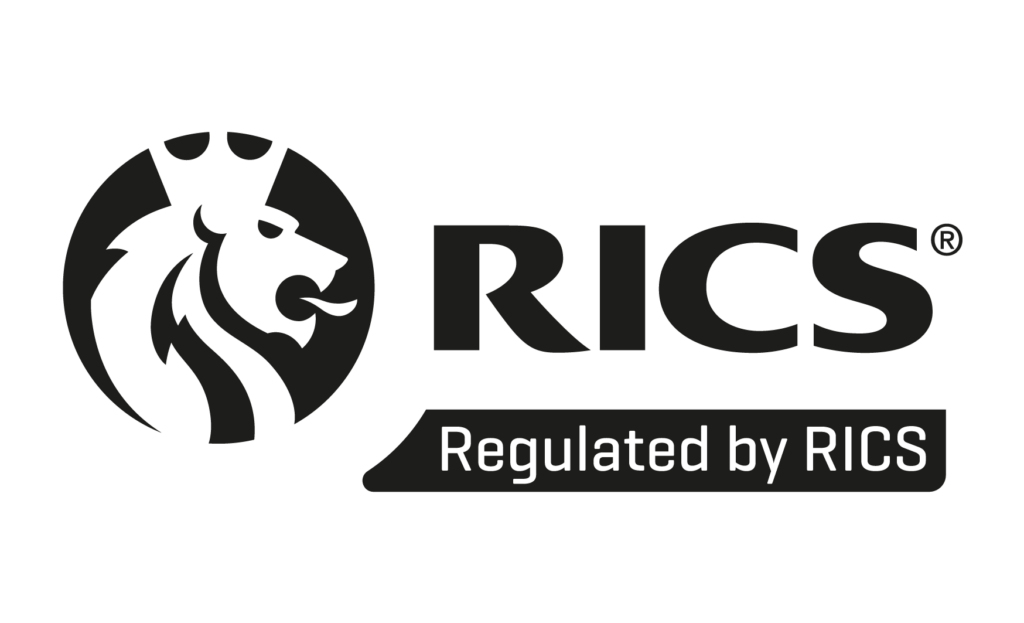House Prices: A Shift from Growth to Moderation
Over the past six months, house price growth in the UK has slowed significantly. In April 2025, the annual rate slid to 2.1%, down from 3.5% in May, according to Nationwide data, with a monthly fall of 0.8% in June, the most significant drop since early 2023. This cooling reflects tapering demand after a surge in activity in early 2025.
Some regions remain resilient—Northern Ireland led with annual growth near 9.7%, while parts of England grew modestly or stagnated.
Stamp Duty Changes: Why Demand Tapered
In April 2025, stamp duty thresholds were rolled back, and first time buyers in England began paying tax on purchases above £425,000 instead of £625,000. Many buyers rushed to complete before changes took effect, triggering early Q1 volume spikes. After the deadline passed, buyer demand cooled, translating into price stagnation.
Bank of England Interest Rates: The Turning Point
The Bank of England began cutting rates in early 2025: from 5.25% in mid‑2024 to 4.5% in February, then to 4.25% in May 2025. Mortgage approvals rose strongly in May, a sign that borrowing costs are easing and buyer confidence is slowly returning.
Comparing Now to Six Months Ago
| Factor | Six Months Ago (Early 2025) | Now (July 2025) |
|---|---|---|
| Annual Price Growth | Around 3.5% | Slowed to ~2.1% |
| Monthly Price Trend | Mild increases | Recent 0.8% decline |
| Stamp Duty Threshold | Relaxed for many buyers | Raised—higher costs for buyers over £425k |
| Bank Rate | 5.0–5.25% | 4.25% (with expectations to decline further) |
| Mortgage Availability | High loan volume pre-stamp duty deadline | Renewed approvals as rates drop |
| Regional Variations | Broad growth, especially in the North | North still strong; London & South quiet |
Why It’s Still a Good Time to Buy
1. Lower Mortgage Rates to Come
With interest rates easing, mortgage offers are becoming more affordable. Forecasts suggest further reductions (towards 3.75% by year‑end). That supports affordability and may revive buyer interest through the summer.
2. Better Choice and Pricing Power
Cooling demand has lifted supply. Estate agents now report higher listings and more competition among sellers, making it a stronger buyers’ market .
3. Regional Strength & Future Growth Potential
More affordable areas outside the Southeast, such as Northern regions, are seeing sustained price growth. Analysts expect UK prices to rise 3–4% during 2025, with gains accelerating into 2026–2029.
4. Inflation & Wage Support
UK wage growth remains around 6% annually, outpacing inflation. Household balance sheets are strong, underpinning confidence in buying now, even as borrowing costs ease.
Final Thoughts: Why Buyers Can Act Now
Though there’s been a slowdown from earlier 2025, interest rate cuts, improving affordability, and increased housing choices offer compelling reasons to consider buying now. Strategic buyers can benefit from:
-
Lower borrowing costs
-
Negotiating power on price
-
Access to a wider selection of homes
-
Healthy regional growth prospects, especially outside London
A softening price environment doesn’t mean the market has turned—it means you can launch with more confidence and breathing room.
Dunham Hale Chartered Surveyors Tips if You’re Considering Buying Now
-
Secure a rate-lock or agreement in principle while rates remain low
-
Explore affordable regions where growth is stronger
-
Factor in stamp duty liabilities especially for homes > £425,000
-
Plan for long-term ownership, not short-term gain
- Get a Level 3 Building Surveyor and not a Level 2 Homebuyer.
- Use the Level 3 Survey Report as a negotiating tool.






